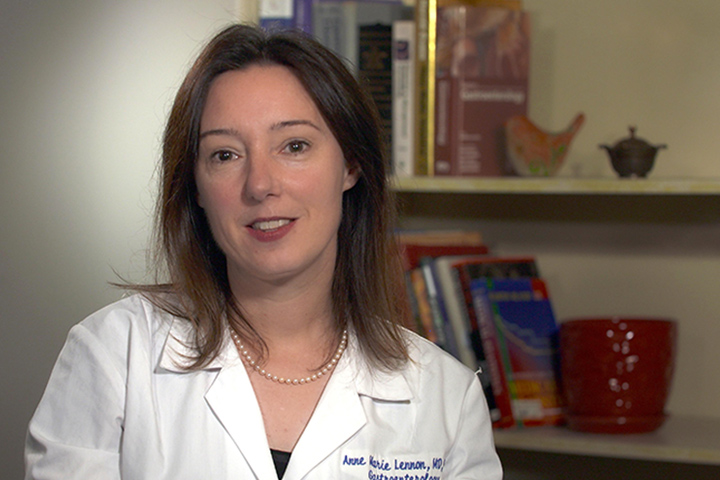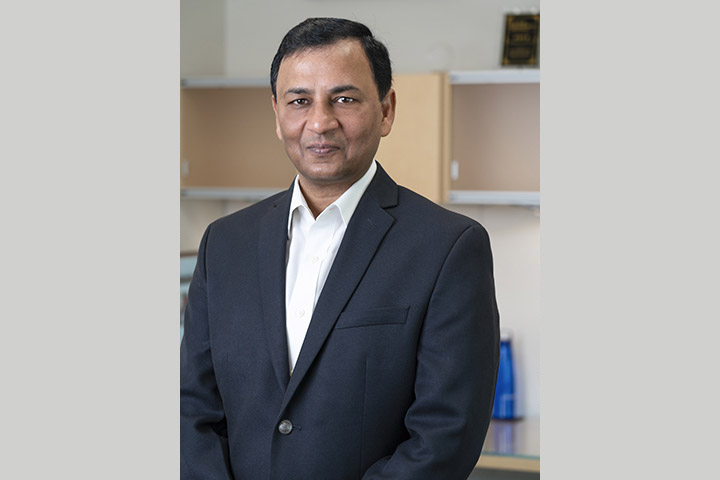A Simple Blood Test for Early Detection of Eight Cancers Shows Promise

Although there are still many unanswered questions about the disease we call cancer, one thing scientists agree on is the earlier cancer is detected, the greater the chance it can be cured.
Cancers such as cervical, breast, and colorectal have reliable screening mechanisms such as the PAP test, mammography, and colonoscopy, which can detect the presence of potential malignancies or pre-malignant changes well before symptoms occur. For other potentially deadly cancers, screening is not currently available. That may change.
In the January 18, 2018 issue of the journal Science, researchers from Johns Hopkins reported results from a trial involving a simple blood test that screens for eight common cancer types, including pancreatic cancer, as well as breast, colorectal, esophagus, liver, lung, ovary, and stomach cancers. Together, these cancers represent more than half of cancer deaths each year. The test also helps identify the location of the cancer. Several of these cancers, including pancreas, liver, stomach, ovary, and esophagus, have no screening method currently in place.
“I have been involved in quite a few studies, so I know that things often don’t pan out, but yes, I can say without hesitation that I am excited,” says Dr. Anne Marie Lennon, study co-author and associate professor of medicine, surgery and radiology, clinical director of gastroenterology and director of the Multidisciplinary Pancreatic Cyst Program at Johns Hopkins. “Although we have to conduct more trials, this is an incredible beginning. For our patients, and for the seemingly healthy population, this has the potential to change lives for the better.”
What is CancerSeek?
For years, researchers have been looking for ways to develop so-called liquid biopsies—tests that could potentially detect malignant tumor fragments in bodily fluids such as urine and blood. The name given to this particular blood test is CancerSEEK, and researchers hope that if future clinical trial results are as promising as initially reported results, the test could eventually be part of routine cancer screening care and cost as little as $500.00.
Using information gleaned from prior studies and several decades of study, the research team evaluated known biomarkers for these eight cancers, based on the ability of the biomarkers to help detect signs of solid tumors in the blood before these tumors spread to other parts of the body. “What we did was to look for the most effective combinations of known mutations that could help identify these cancers,” says Lennon, adding these biomarkers shed circulating tumor DNA, which are basically tiny fragments of DNA in the blood that have been released from cancer cells. The researchers also used protein biomarkers to enhance detection of early-stage solid tumors which don’t release large amounts of circulating DNA, she adds.
Overall, CancerSEEK looks for more than 2,000 genetic mutations and levels of eight different proteins. To help comb through the data, the researchers used sophisticated digital technologies, or machine learning, that allowed them to sequence individual DNA pieces quickly and cost-effectively, she says.
In the study, researchers tested CancerSEEK in 1,005 patients who had been diagnosed with cancer but whose cancers hadn’t spread (metastasized) at the time they enrolled in the study. As a control group, the researchers evaluated 812 healthy people. A primary goal of the study was to determine whether CancerSEEK had high degrees of sensitivity (the ability of a test to correctly identify individuals with a disease, or a true positive rate) as well as specificity (the ability of a test to correctly identify those without a disease, a true negative rate.)
“To be truly effective, cancer screening can’t give people a false sense of security by not being able to find cancer effectively, but it also can’t have a high percentage of false positives, which not only causes a lot of fear, but can also result in much more invasive and costly testing,” Lennon explains.
Results Point to Next Steps
Results showed CancerSEEK detected 70 percent of the cancers. However, it was better at finding some cancers than others. Sensitivity ranged from 98 percent for ovarian cancer, 70 percent for pancreatic cancer to 33 percent for breast cancers. It was better at finding later stage cancers compared to cancers in the earliest stages. For example, for participants with stage III cancer, the test found the disease 78 percent of the time, 73 percent of the time in people with stage II cancer and 43 percent of the time in people diagnosed with stage I cancer. Only 7 of the 812 people without known cancers had false-positive results. In the 626 cancer patients who had positive CancerSEEK tests, researchers were able to narrow the source of the cancer to two organs in 83 percent of the patients and to a single organ in 63 percent.
“We now need to perform a large prospective study to evaluate the performance of the CancerSEEK test in asymptomatic individuals,” Lennon says, adding that such a study is already underway and will recruit at least 10,000 people into the study.
“The bottom line is initial results are exciting since we have a noninvasive test that combines multiple different markers to find eight different cancers with high specificity and good sensitivity,” Lennon says. “That’s a big step, a step that’s going in the right direction.”






